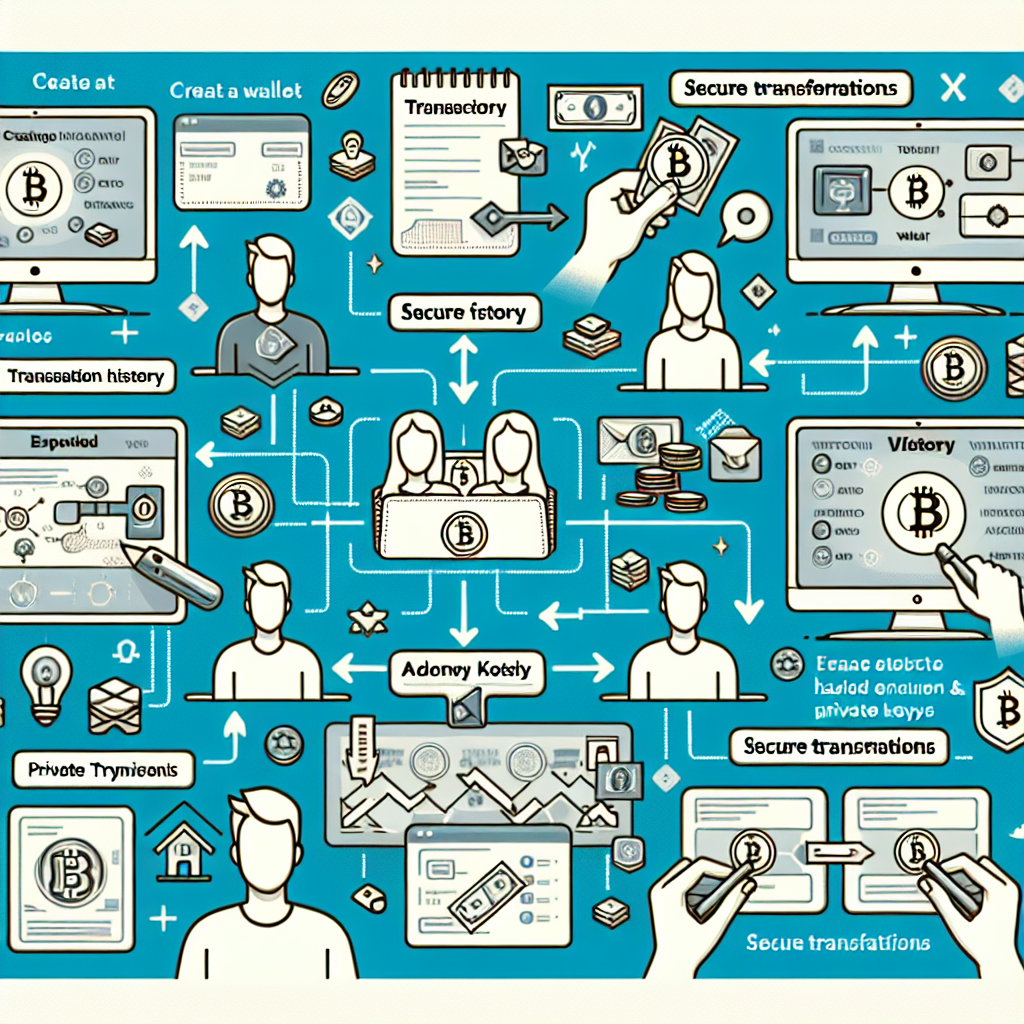The Blockchain Wallet, known in full as Blockchain.com’s DeFi Wallet, serves as a versatile service for handling cryptocurrencies. Provided by Blockchain.com, a cryptocurrency exchange founded by Nicolas Cary and Peter Smith, this wallet is designed for managing, trading, swapping, and utilizing digital currencies through Blockchain.com’s decentralized exchange, also known as DEX.
Axelar’s cross-chain service, Squid, facilitates cross-chain swaps within the DeFi wallet. While this service supports swaps across 37 Ethereum Virtual Machine-compatible blockchains, including Ethereum, Arbitrum, and Polygon, these options are continually expanding.
Many users choose Blockchain Wallet as it is a specific service offered by Blockchain.com, which allows individuals to efficiently manage Bitcoin, Ether, and other cryptocurrency balances. With enhanced security protocols, Blockchain.com’s DeFi Wallet includes features like two-factor authentication, IP whitelisting, and password stretching to help mitigate theft risks.
To establish your DeFi wallet, begin by creating an account on Blockchain.com. Once registered, download the wallet from your device’s app store and access it using your account credentials. Alternatively, the wallet is accessible directly from your web browser.
You are immediately able to use the decentralized exchange with your wallet. Full access to the custodial account and exchange services requires completion of the know-your-customer (KYC) procedure.
Essential Insights
With Blockchain.com’s decentralized exchange, trading crypto assets is possible from anywhere as long as you have internet connectivity.
The user interface of Blockchain’s DeFi Wallet displays your latest crypto-asset transactions and current balance. It allows users to check price charts and view fund valuations in their local currencies. For additional help, visit the support section with answers to frequently asked questions and topics.
Should you select the Blockchain.com custodial service account, an account tab will be present in the app next to the DeFi Wallet tab, offering access to custodial features.
On the decentralized exchange (DEX), you have the freedom to purchase, sell, or exchange cryptocurrency or other crypto-compatible assets. To send or receive, click the respective options and find your desired cryptocurrency. Selecting “Receive” generates a unique address sent to others or converted into a Quick Response code, containing retrievable information by digital means. “Send” requires choosing the cryptocurrency, entering the recipient’s address, specifying the amount, and finalizing the transaction, similar to sending money via PayPal.
Swapping, or exchanging cryptocurrencies across different blockchains, is another feature of the DeFi Wallet that supports 16 cryptocurrencies. This functionality permits seamless cryptocurrency exchanges without compromising the security provided by the Blockchain Wallet. A quote is presented, reflecting the amount receivable based on the current market.
Critical Considerations
Be aware that apart from the network fees for miners and validators, no additional fees are incurred by the Blockchain DeFi Wallet. However, cross-chain swaps necessitate blockchain fees, typically required by both participating networks during transactions.
Transaction fees are influenced by both network conditions and transaction size at the time of processing. Miners and validators are limited to processing a certain number of transactions per block, often prioritizing those affiliated with higher fees.
Security of wallets is crucial, as unauthorized access could result in the loss of asset control. Blockchain DeFi Wallet incorporates multiple security levels to safeguard user funds against potential threats.
Passwords
For enhanced user protection, Blockchain.com wallets and accounts require password implementation. Additionally, users can sign in using a 12-word mnemonic phrase, though the exchange does not store this information.
Mnemonic Seeds
Functioning similarly to a password, a mnemonic seed consists of random English words and can be utilized to restore the wallet and all cryptocurrencies therein, especially if the device is lost or inaccessible.
Upon wishing to trade on a regulated exchange and enjoy the decentralization offered by Blockchain.com’s platform, consider utilizing Blockchain.com’s Account post-identity verification. This cryptocurrency exchange provides a wallet service known as DeFi Wallet, or sometimes Blockchain Wallet, for storing crypto keys and accessing the decentralized exchange.
Advanced Security Options
Additional optional measures can bolster wallet security against external threats. Implementing network restrictions reduces the risk of access through certain networks, shielding the wallet from potential breaches.
To further fortify wallet security, Password-Based Key Derivation Function 2 (PBKDF2), or password stretching, can be employed. This cryptographic technique hashes passwords, rendering them exceptionally difficult to decipher or manipulate.
While withdrawing funds directly from the Blockchain DeFi Wallet isn’t possible, the Account tab provides alternative methods for fund withdrawal upon selecting “More.”
Amongst secure wallet choices, Blockchain.com’s DeFi Wallet stands out, though users should remain vigilant for malware, viruses, trojans, or software bugs. Cold storage of cryptocurrency keys is recommended for optimal security.
Accessing Blockchain.com’s DeFi Wallet is simple through the website or mobile app login.







